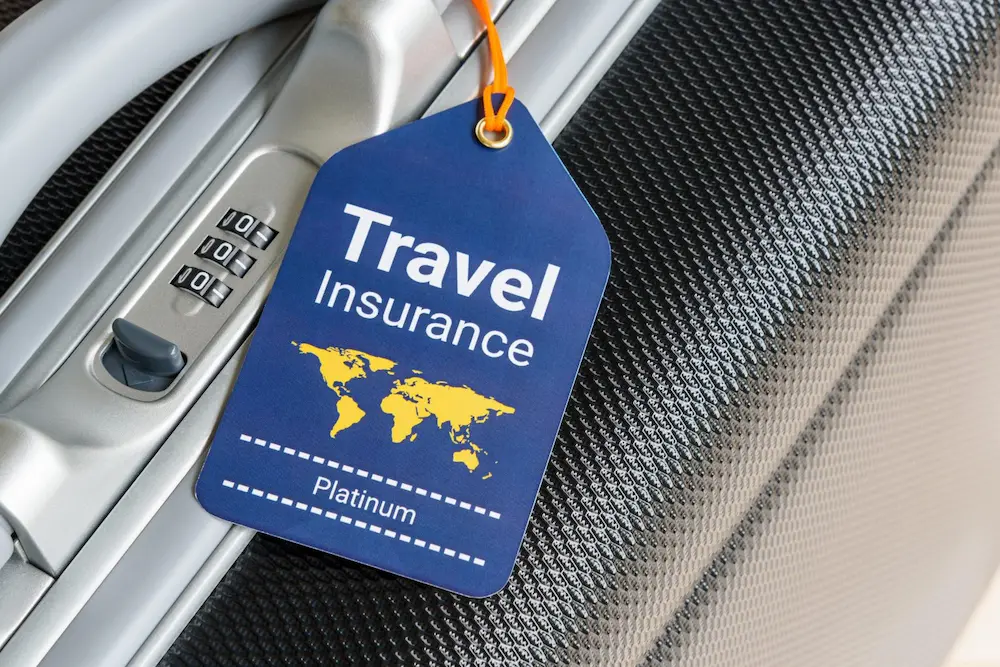Understanding the mechanics of travel insurance is crucial for any avid traveler. Travel insurance is designed to compensate you for specific problems that may arise during your trip. Let’s dive deep into this topic to equip you with the knowledge you need to make practical decisions during your journeys.
What is Travel Insurance?
Travel insurance is an insurance plan that protects you from certain financial risks and potential losses that could occur while traveling. It may come in handy in a variety of scenarios, ranging from minor disruptions such as a delayed suitcase to significant events like a last-minute trip cancellation or a medical emergency overseas.
These insurance policies provide coverage for unexpected events that could ruin your trip, such as adverse weather conditions that prevent you from departing or an injury that requires medical treatment. Essentially, travel insurance is there to protect against the financial losses and other risks associated with unforeseen events that occur when traveling.
Why You Need Travel Insurance
Traveling, while enjoyable, comes with its fair share of risks. Here’s why securing travel insurance can be a smart move:
- Medical Emergencies: In case of unforeseen health issues, insurance can cover your medical bills.
- Trip Cancellation or Interruption: If you need to cancel your trip for a covered reason or if it gets interrupted, insurance can help reimburse the non-refundable costs.
- Lost or Damaged Baggage: Travel insurance often includes provision for lost, stolen, or damaged luggage.
- Evacuation: In extreme cases where evacuation is necessary, travel insurance can cover the costs.
How Does Travel Insurance Work?
Travel insurance operates on a reimbursement level. If an insured risk happens during your trip, you will have to pay out of pocket initially. Then, you file a claim with your insurer providing evidence such as receipts or medical reports. Once your claim is approved, your insurer will reimburse the expenses incurred.
Here are the steps involved:
- Purchase a Policy: Buy a travel insurance policy before your trip. Shop around for a package that suits your needs and budget. Some credit cards also provide travel insurance if you used the card to book the trip.
- Make a Claim: If something happens during your trip, contact your insurance provider as soon as possible. They will guide you through the claim process, which usually requires you to provide proof of the incident or purchases.
- Submit Documentation: Submit all required documents for your claim, such as police reports, receipts, or medical certificates.
- Claim Review: The insurance company reviews your claim and supporting evidence.
- Claim Approval: If your claim is approved, you will usually receive a check or direct deposit for the approved costs, minus any deductibles.
Choosing the Right Travel Insurance
When choosing travel insurance, consider the following factors:
- Coverage: Ensure the policy includes coverage for medical treatment, trip cancellation or interruption, luggage loss, etc.
- Destination: Make sure your policy covers the destination you’re traveling to. Some policies have exclusions for specific locations.
- Duration: Choose a policy that covers the entire duration of your trip.
- Claim Process: Go for a provider with a straightforward claim process and excellent customer service.
Final Thoughts
Travel insurance offers peace of mind during your travels. While no one anticipates mishaps, having a safety net can make a significant difference in case things go awry. Always read the terms and conditions of your policy to understand what’s covered and what’s not.
Remember that the goal of travel insurance is to cover the potential financial loss of unforeseen events, not minor inconveniences. It’s a safety tool and not a solution to every minor setback during your trip.
Getting travel insurance might seem like an additional expense, but its value becomes clear when you’re in need. Think of it as a small price to pay for reassurance on your journey.
Happy traveling!

